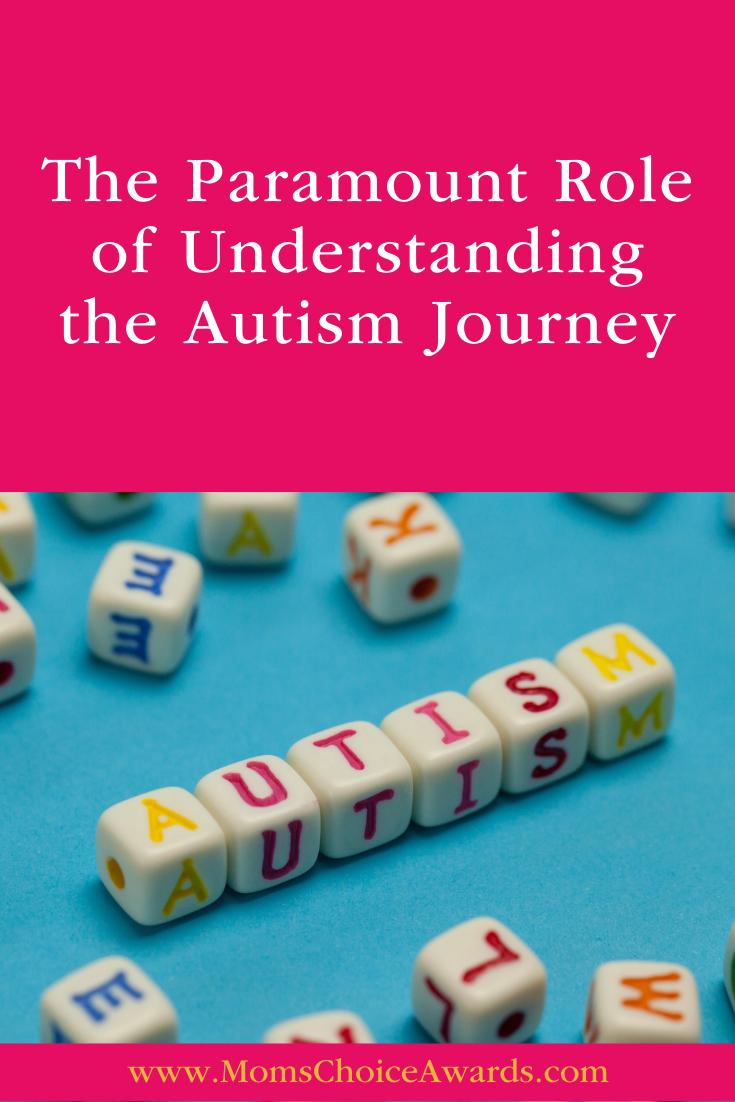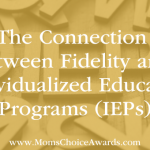 Priya Pasumarthy
Priya Pasumarthy
Author | Health Care Provider
One of the common questions we often hear is Isn’t the Special Ed in the U.S.A top-notch? How about the availability of the other services? Which school districts do we choose? The answer to the first question is boolean – Yes/No. There are many services available in the U.S.A. The answer to the last question, in a nutshell, is – it simply depends. This list of questions goes on. Special Ed in the U.S.A, hopes to cover all those aspects related to the above questions broadly in a cross-sectional view and hopes to aid in parental advocacies.
Special Education is the instruction that is specially designed to meet all the unique needs of students with qualifying disabilities. In the past prior to the 1930s disabled people were viewed as defective and unhealthy, and were ostracized. This was in part due to the poor perception and lack of facilities to support the disabilities then. With time, reformations began and in 1972, legislation was introduced in Congress after several landmark court cases establishing in law the right to education for all handicapped children. On 11/1975 Congress enacted Public Law 94-142, known as The Education for All Handicapped Children Act of 1975 & IDEA. IDEA requires schools to provide individualized education for children with disabilities. Both EHA & IDEA were amended many times & were instrumental in ensuring free public education for millions of American kids with qualifying disabilities.
IDEA requires public schools to offer IEP for students with qualifying disabilities. IEP is the individualized education program or a legal document developed after assessments and evaluations to ensure that a child with a disability identified under the law attends school and receives education/ related services. Related services include Speech therapy services, Occupational therapy, Psychological counseling, and Physical therapy. Accommodations include instruction or materials that help access learning offered at no cost. IEP is the partnership between parents and other team members such as SLPs, OT, Gen Ed teachers, Special Ed teachers, Psychologists, counselors, and school principals. After the assessments, reports are shared with the parents. This process is time-bound and can take anywhere up to 60 calendar days. During the meeting, the allotted duration for the related services and accommodations will be discussed. Post parental consent is the offer of FAPE.
IEP meeting experiences have been cited as overwhelming and stressful. Parents who are well prepared and knowledgeable about the whole process are able to handle it better. There is an unusual de-sync between the two parties. This could compel one to ponder what it’s all about? Why is there ongoing friction? With a dramatic increase in disabilities, ~33% and the trend is on rising. The demand for special education is at its peak versus the existing resources/services.
Now to answer the earlier questions, it is interesting to note that the per capita expense of educating a special needs kid is (~27 K), which is nearly thrice compared to educating a kid(~9 K) in the General Ed program. So an additional program means more budget and resources versus the existing ‘one size fits all paradigm’.This possibly explains all the usual friction.
It is not easy to navigate an IEP meeting, as parents are involved in it emotionally with other professionals who are yet to know their kids. Some families hire external help such as a Special education advocate or attorney. As known no two autism/disabilities are similar however the core symptoms overlap. This would mean there is a need for programs/support out of the ‘one size fits all paradigm’. If/when parents are more familiar with the dynamics of IEP processes they are better able to negotiate for services and accommodations. They become successful at building a SMART (specific, measurable, use action words, relevant, and time-bound) IEP. A good IEP gets reflected as quality progress.
Special Education in the U.S.A, this article hopes to aid in parental advocacies. Here we covered those aspects related to the above questions broadly in a cross-sectional view. The core of Special Education is the students accessing education/ quality life and Parent/ al Advocacies along with all supports & services. Embracing the reality about the current rising trend of disabilities versus the availability of services and resources would be crucial. They need to understand and become familiar with their rights and Law- implementations. With a deeper knowledge about services and IEP processes, they can stitch their own plan( IEP/IFSP) based on the unique needs of their kid/s and family. They can stretch or change the plan as needed. Fortunately, there are a number of support organizations that parents can benefit from. The glitches in the IEP need to be resolved smoothly and smartly. It is on them to make special education a top-notch one. A good IEP gets reflected as quality progress and measurable success in a student over a year.
 About Priya Pasumarthy
About Priya Pasumarthy
Priya Pasumarthy is an author and a health care provider. She holds a Master of Science degree in Marine Biology. She lives with her family in California. She loves adventures; so far, her favorites include bungy jumping in New Zealand and hiking the Hverfjall Volcano in Iceland. Her hobbies include cooking, shopping, reading, writing, watching films, and horseback riding.
View all posts by Priya Pasumarthy here.






